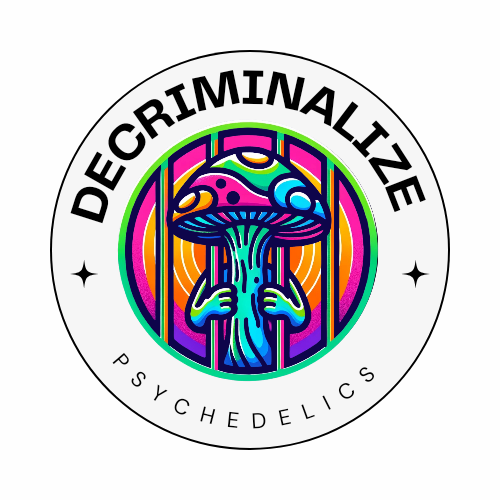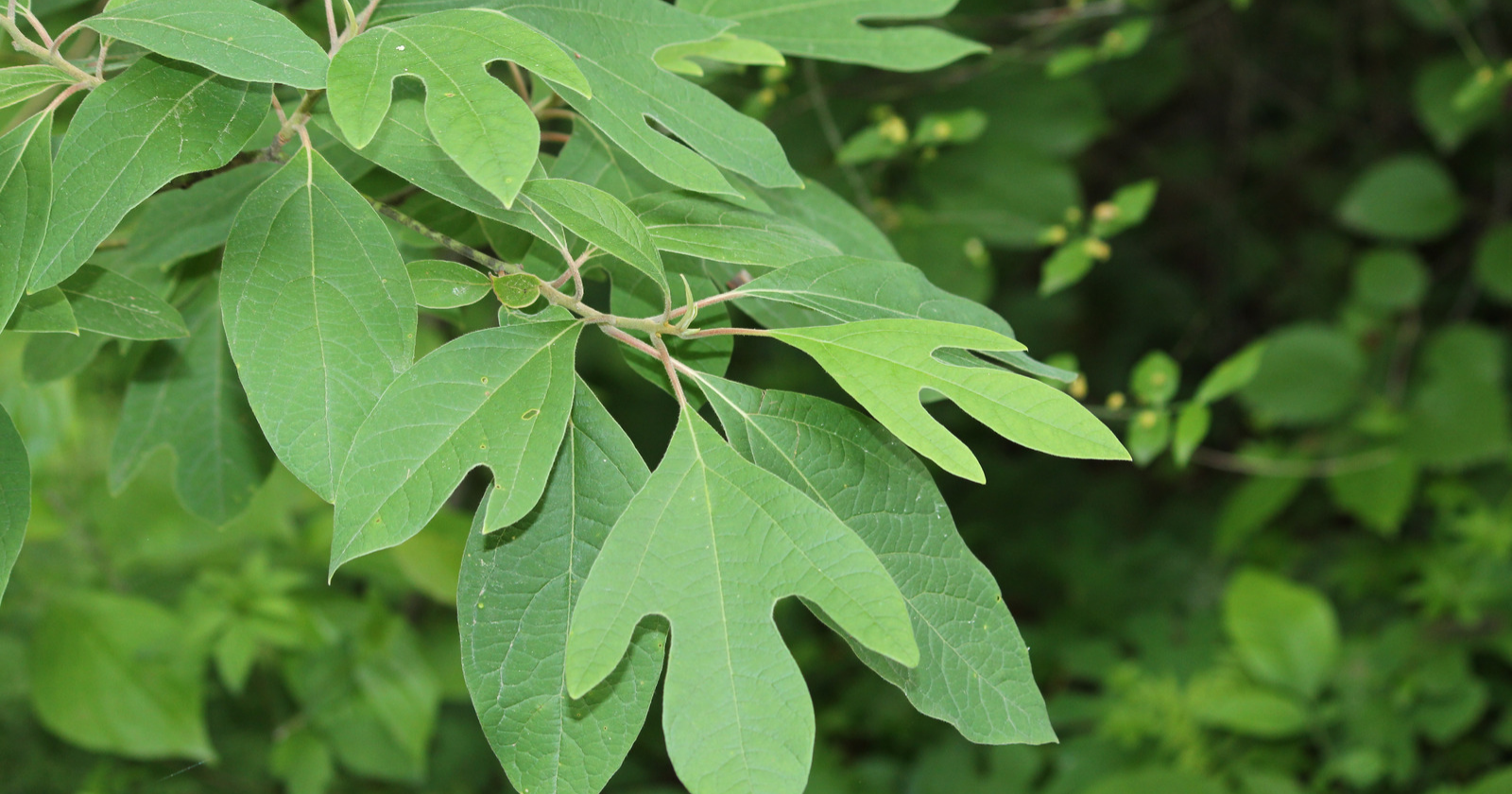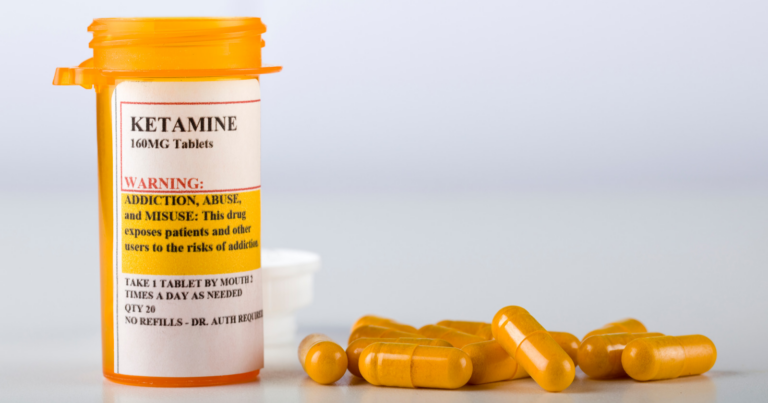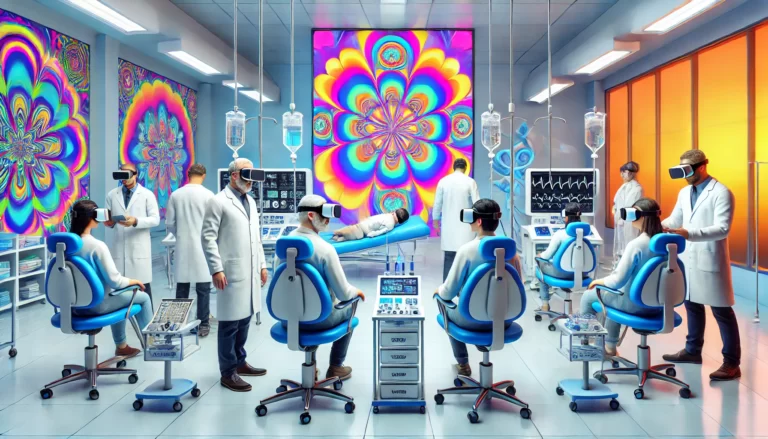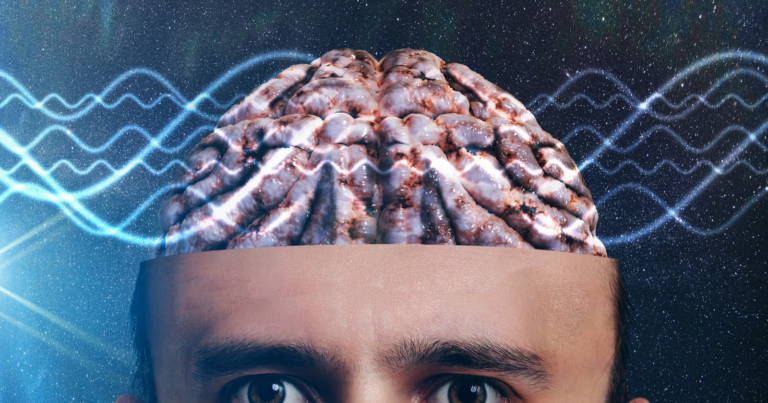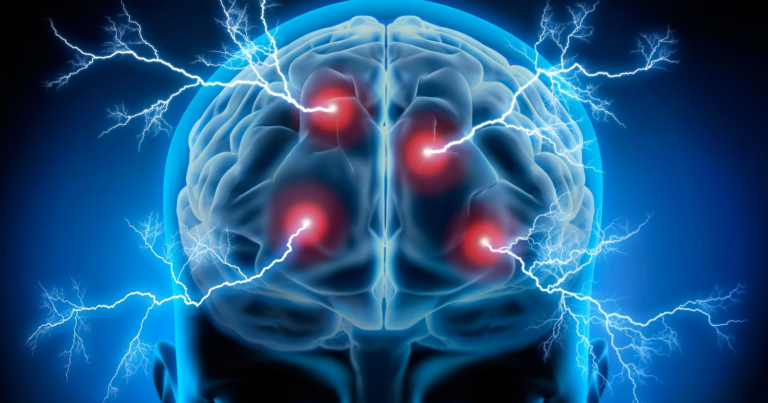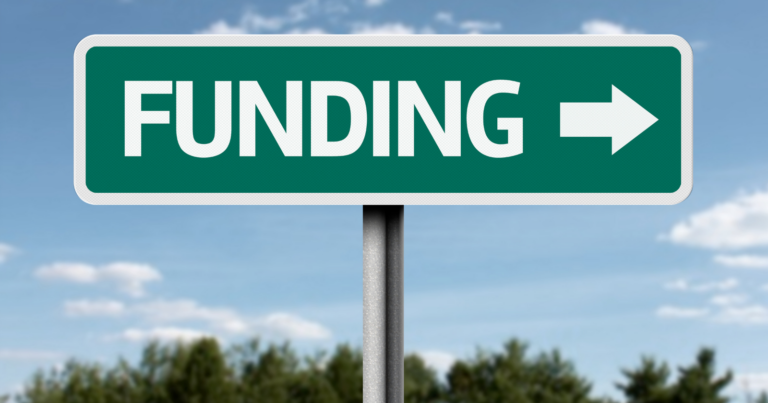Sassafras (MDA), a lesser-known psychedelic, is emerging as a potential tool for mental health improvement.
Derived from the sassafras tree, the compound is gaining recognition for its therapeutic effects, particularly in addressing mental health disorders.
Here, we explore the relationship between Sassafras (MDA) and mental health, advocating for more awareness and research on this and other under-appreciated psychedelics.
We delve into how these substances might revolutionize mental health treatments, opening up new avenues for healing.
Understanding Sassafras (MDA) and its Effects
Sassafras (MDA), a naturally occurring compound derived from the sassafras tree, is a psychedelic substance that has been historically used in various cultural practices.
It is a precursor to MDMA, popularly known as ecstasy, but unlike MDMA, Sassafras (MDA) provides a more hallucinogenic experience.
In recent years, researchers have begun to uncover potential therapeutic benefits of psychedelics like Sassafras (MDA), particularly in treating mental health disorders. The substance has shown promise in reducing symptoms of conditions such as depression, anxiety, and post-traumatic stress disorder.
The interaction between Sassafras (MDA) and the brain’s serotonin receptors could potentially enhance mood, perception, and cognitive function.
However, it’s important to note that while the initial findings are promising, more research is needed to fully understand the implications and potential risks of using Sassafras (MDA) for mental health treatment.
Advocacy for Sassafras and Other Lesser-Known Psychedelics
Despite the promising potential of Sassafras (MDA) for mental health treatment, it remains a largely under-researched substance.
This classification, unfortunately, limits the scope of research and hinders the potential advancements in mental health treatment. Advocacy for Sassafras (MDA) and other lesser-known psychedelics is therefore crucial to prompt changes in legal classifications and encourage more scientific exploration.
Advocacy groups such as MAPS actively campaign for medical, legal, and cultural contexts of psychedelic substances. They work towards creating a world where psychedelics are safely and legally available for beneficial uses.
But here’s the catch:
Advocacy not only involves lobbying for policy changes but also educating the public about the potential benefits and risks of these substances.
It’s about shifting societal attitudes towards psychedelics from fear and misunderstanding to informed acceptance.
Ultimately, advocacy aims to pave the way for extensive research, which can lead to the development of effective therapeutic applications for these substances in treating various mental health conditions.
The Potential for Mental Health
With the growing acceptance and understanding of psychedelics’ potential therapeutic benefits, Sassafras (MDA) is attracting researchers’ attention.
It’s believed that Sassafras (MDA) might offer a unique approach to treating mental health disorders, unlike traditional therapies.
For instance, a study conducted by the Johns Hopkins University found that two-thirds of participants rated a psychedelic experience as one of the top five most spiritually significant experiences in their lives. The experiences led to long-term improvements in life satisfaction, mood, and attitudes.
While Sassafras (MDA) wasn’t the specific psychedelic used in this study, it shares similar properties with other psychedelics that have shown promising results in such studies.
The way that Sassafras (MDA) interacts with our brain’s serotonin receptors might help alleviate symptoms of depression, anxiety, and PTSD by inducing a state of heightened introspection and emotional release.
But, it’s important to note that these are early days of research.
While the potential is indeed exciting, further studies are needed to fully understand Sassafras (MDA).
Challenges in Research and Advocacy
While the potential of Sassafras (MDA) for mental health therapy is promising, it’s crucial to understand that this field of study is not without its challenges. Many of these hurdles are rooted in the legal and societal perceptions surrounding psychedelics.
The classification of Sassafras (MDA) as a Schedule I substance creates a significant barrier to conducting extensive research.
This designation implies that the substance has a high potential for abuse and no accepted medical use, despite emerging evidence suggesting otherwise.
There’s a pervasive societal stigma associated with psychedelics, which often stems from misconceptions and lack of factual information. This stigma can impede advocacy efforts and discourage open dialogue about the potential therapeutic use of substances like Sassafras (MDA).
But, you as a reader and potential advocate can play a role in changing this narrative.
By staying informed about the latest research, engaging in informed discussions, and challenging misconceptions, you can contribute to the broader acceptance and understanding of Sassafras (MDA) and other lesser-known psychedelics.
Embracing the Potential of Lesser-Known Psychedelics
We stand at a fascinating crossroads in our understanding of mental health treatment.
Lesser-known psychedelics like Sassafras (MDA) are slowly gaining the attention they deserve. It’s time we move past the stigmas and misconceptions surrounding these substances.
As we delve deeper into this field, it’s crucial for us to remember that responsible use is key. While these substances have promising therapeutic potential, they also carry risks, especially when used without proper guidance or knowledge.
It’s our responsibility as advocates, researchers, and interested individuals to promote safe and informed use.
Let’s be part of this change, fostering a culture that values scientific exploration over unfounded fears, and that prioritizes understanding over judgment.
What Does the Future Hold for Sassafras (MDA) and Mental Health?
The road to understanding the full potential of Sassafras (MDA) in mental health treatment is still under exploration.
Yet, the initial findings are encouraging.
They hint at a future where psychedelics might revolutionize our approach to mental health care. But, this journey is not without challenges – legal restrictions and a need for more comprehensive research are glaring hurdles.
Advocacy plays a crucial role in addressing these issues.
By promoting informed discussions and pushing for policy changes, we can pave the way for a more inclusive and open approach towards psychedelics in mental health therapy.
The key here is to foster a growth mindset and understand the holistic nature of mental health care.
It’s an exciting time, with so much more to discover and learn about the potential of lesser-known psychedelics like Sassafras (MDA).
